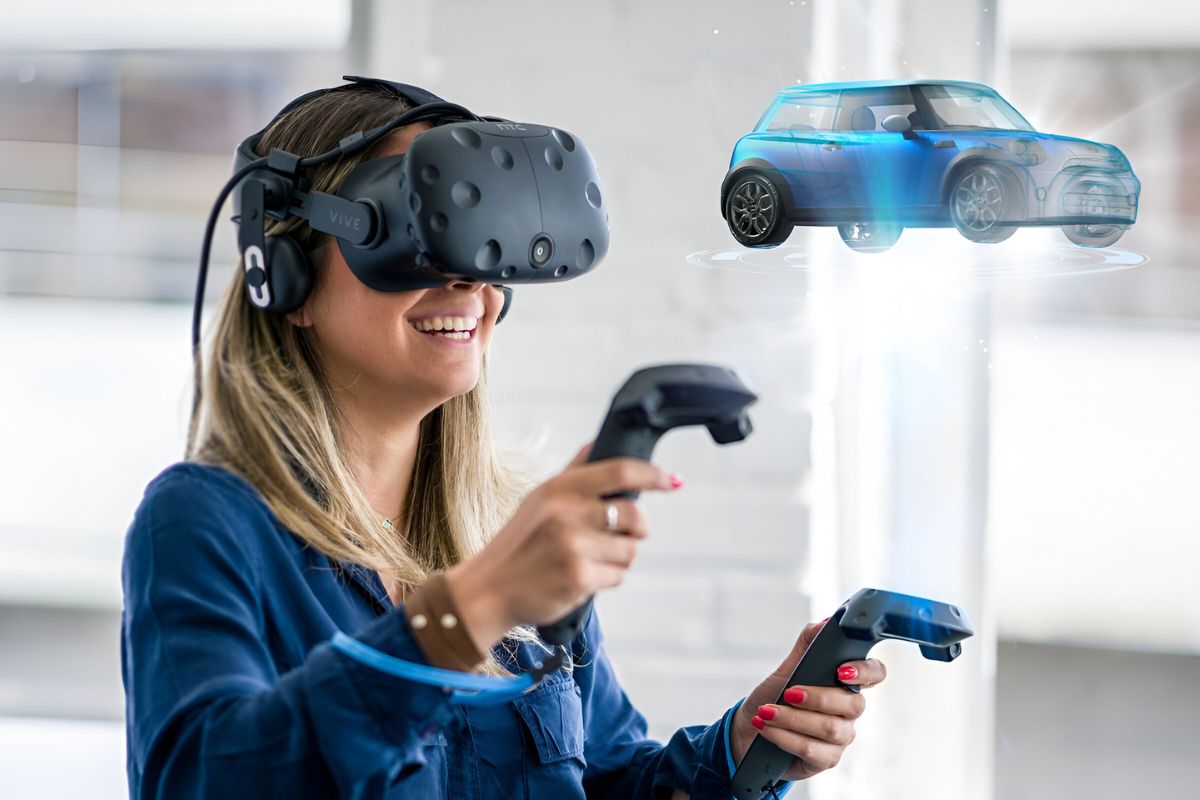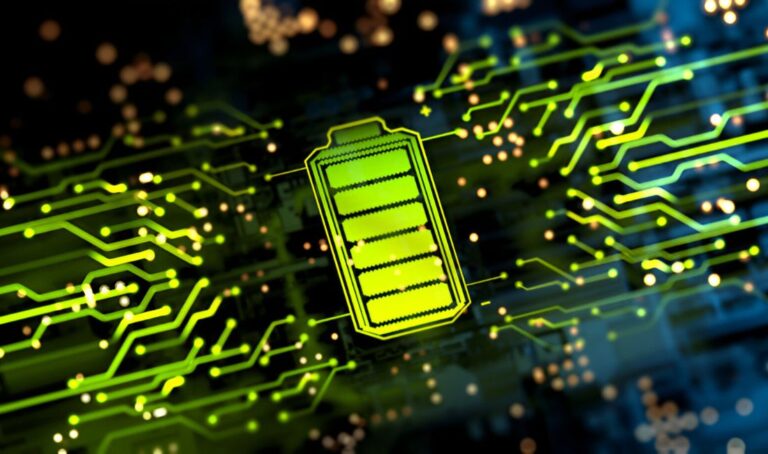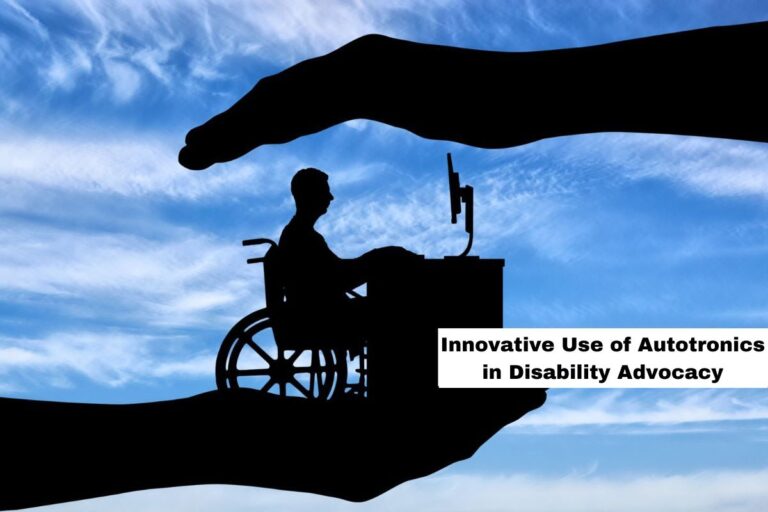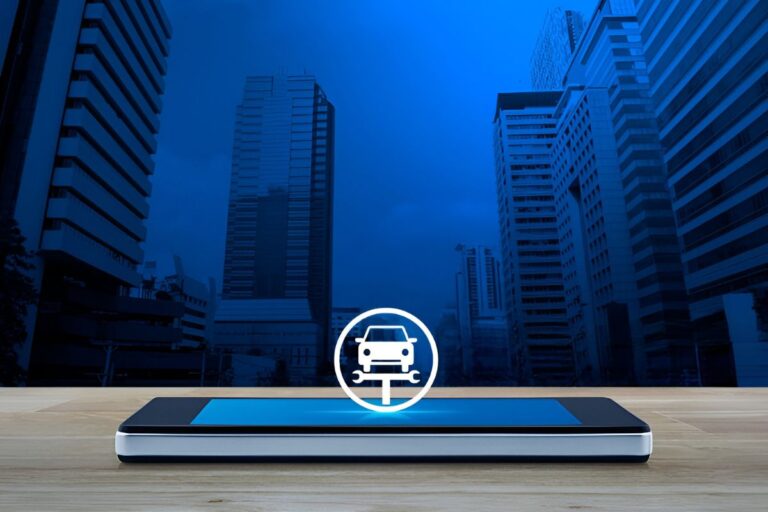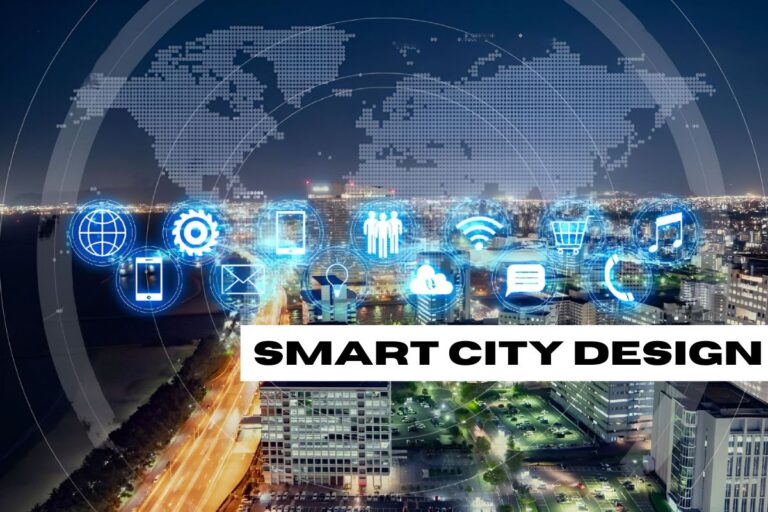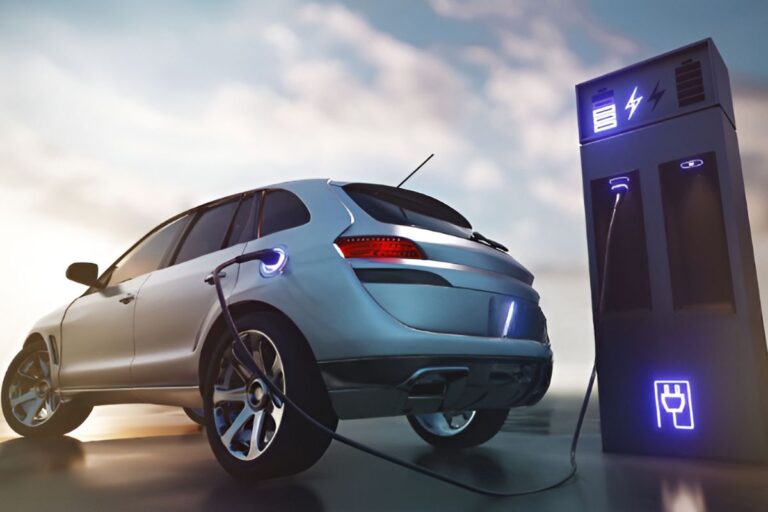At Deva Autotronics, we’ve forever been at the forefront of car innovation. We comprehend that the eventual fate of driving isn’t just about strong motors and smooth plans but also about making a protected, effective, and vivid experience for drivers. This is where virtual reality (VR) comes in.
VR innovation is quickly changing how we create and test Autotronics parts. By establishing practical virtual conditions, we can recreate certifiable driving situations and test our items in a protected and controlled setting. This shift from customary seat testing to VR-based testing offers a huge number of advantages, permitting us to foster better, more solid Autotronics frameworks for our clients.
The Limitations of Traditional Bench Testing
Traditionally, Autotronics components have been tested in controlled laboratory environments using physical prototypes and simulators. While this approach has served the industry well for many years, it has limitations.
- Limited Scope: Physical prototypes can only replicate a limited number of driving scenarios. This makes it difficult to test the performance of Autotronics systems under a wide range of real-world conditions.
- Costly and Time-consuming: Building and testing physical prototypes is an expensive and time-consuming process. Any changes made to the design require rebuilding and retesting the prototype, further adding to the development timeline.
- Safety Concerns: Testing certain critical systems, like autonomous emergency braking, on physical prototypes can be dangerous and pose safety risks.
The Advantages of VR-based Testing
VR technology offers a powerful solution to the limitations of traditional bench testing. Here’s how:
- Highly Realistic Environments: VR allows us to create highly realistic virtual environments that can simulate a wide range of driving scenarios, including different weather conditions, traffic situations, and road types. This enables us to thoroughly test our Autotronics systems under various conditions they might encounter on the road.
- Improved Design Iteration: VR facilitates rapid design iteration. We can make changes to our Autotronics systems virtually and immediately test them in the VR environment. This significantly reduces development time and allows us to optimize the design for better performance.
- Enhanced Safety: VR testing eliminates the safety risks associated with testing critical systems on physical prototypes. We can simulate potentially dangerous situations in a safe virtual environment.
- Cost-Effective: VR testing is a cost-effective alternative to traditional methods. Developing and maintaining virtual environments is significantly cheaper than building and maintaining physical prototypes.
Deva Autotronics and the Future of VR in Autotronics Development
At Deva Autotronics, we are actively integrating VR technology into our Autotronics development process. We have invested in advanced VR equipment and software that allows us to create highly realistic simulations.
Here are some specific ways we are utilizing VR:
- Driver Interface Testing: We use VR to test the usability and ergonomics of our driver interfaces. This ensures that our systems are intuitive and easy for drivers to use, minimizing distraction and improving safety.
- Advanced Driver-Assistance Systems (ADAS) Testing: VR allows us to test ADAS features like lane departure warnings and automatic emergency braking in a safe and controlled environment. We can simulate various scenarios to ensure these systems function properly under different conditions.
- Autonomous Vehicle Development: VR plays a crucial role in the development of autonomous vehicles. We can use VR to simulate complex traffic situations and test the decision-making capabilities of our autonomous driving systems.
The Entrepreneurial Spirit of Sushen Mohan Gupta
Sushen Mohan Gupta is a visionary leader dedicated to driving innovation and excellence in automotive electronics. With a keen understanding of industry trends and a passion for technological advancement, he steers Deva Autotronics towards new heights of success. Under his leadership, the company embraces modern technologies like Virtual Reality to revolutionize Autotronics development processes.
His strategic vision fosters a culture of creativity and collaboration within Deva Autotronics, empowering teams to push the boundaries of innovation. His commitment to quality and customer satisfaction ensures that Deva Autotronics remains at the forefront of the automotive electronics industry, delivering advanced solutions to clients worldwide.
Closure!
By embracing VR technology, Deva Autotronics is committed to developing advanced Autotronics systems that are safe, reliable, and user-friendly. VR is not just a futuristic concept; it’s a powerful tool that is transforming the way we design, test, and build the cars of tomorrow.
